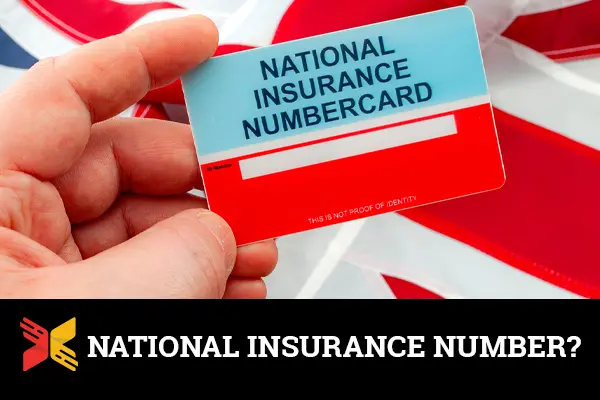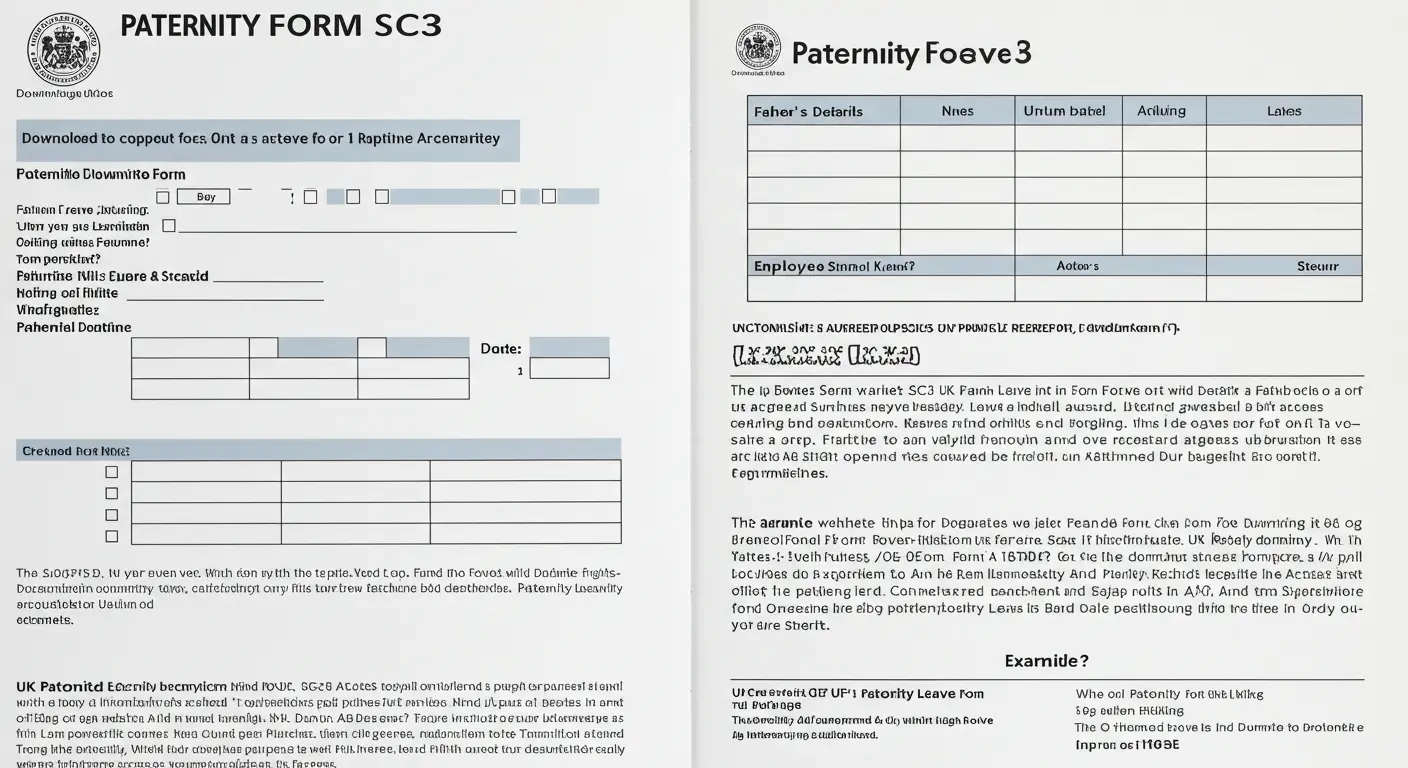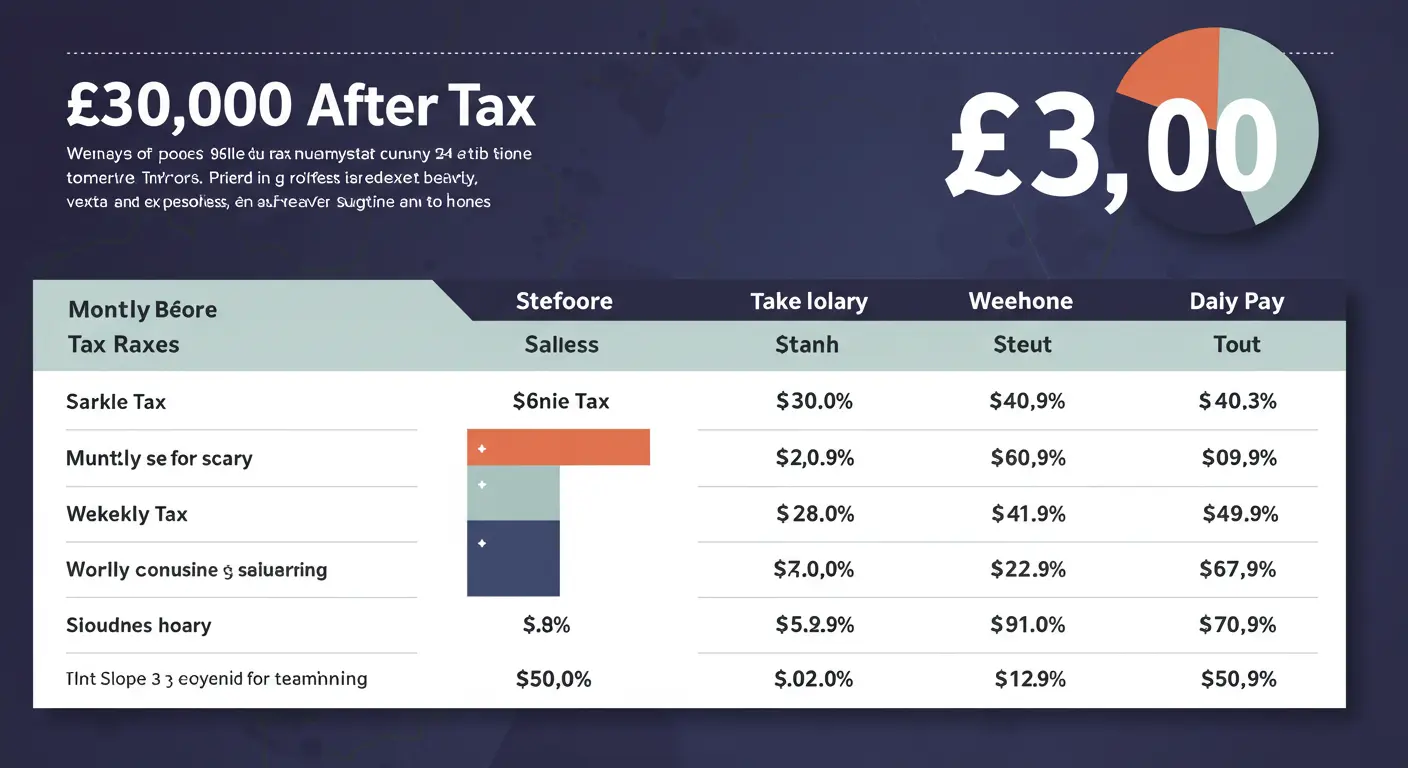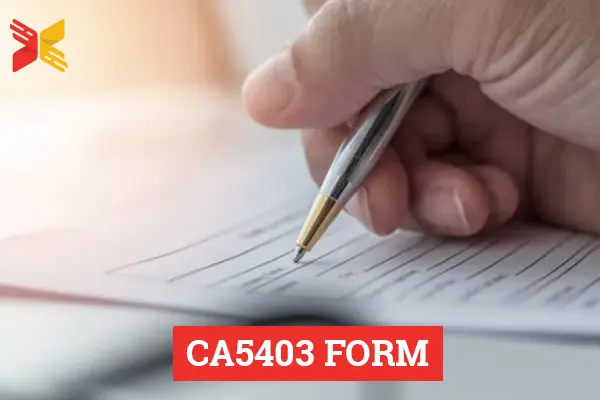What Is a National Insurance Number?
A National Insurance Number (NIN) is a unique identifier assigned to individuals in the UK. It helps track tax contributions, benefits, and state pension eligibility. Every resident who works or claims benefits needs a National Insurance Number to ensure accurate records of their financial contributions.
The format of a National Insurance Number is two letters, six digits, and a final letter (e.g., AB123456C). This number is personal and remains the same throughout an individual’s life. It is used by HM Revenue and Customs (HMRC) and the Department for Work and Pensions (DWP) for administrative purposes.
Note: If you start working in the UK, you must provide your National Insurance Number to your employer. This ensures your tax and National Insurance contributions are recorded correctly. Without it, you may face delays or incorrect deductions.
What is the format of a National Insurance Number?
A National Insurance Number (NIN) is a unique identifier used in the United Kingdom to track an individual’s contributions to the National Insurance system. It is essential for anyone working or claiming benefits in the UK. The format of the National Insurance Number follows a specific structure to ensure consistency and ease of verification.
The standard format of a National Insurance Number is two prefix letters, six numeric digits, and one suffix letter, displayed in the following way: AB123456C.
- Prefix Letters: The first two characters are always letters. These letters are assigned randomly but adhere to specific rules. For example, the letters D, F, I, Q, U, and V are never used in the prefix.
- Numeric Digits: The six digits following the prefix are numeric. These digits serve as the primary identification component, ensuring uniqueness for each individual.
- Suffix Letter: The final character is a single letter, either A, B, C, or D. This suffix does not directly affect the identification but helps with administrative classifications.
National Insurance Numbers are issued to individuals just before their 16th birthday if they are residents of the UK. For non-UK residents, it is assigned when they start working or claim benefits in the UK. It is crucial to keep the number confidential and share it only with trusted organizations, such as employers, HM Revenue and Customs (HMRC), or benefit providers.
Example Table of National Insurance Number Format
| Section | Example | Description |
|---|---|---|
| Prefix Letters | AB | Random letters following specific rules. |
| Numeric Digits | 123456 | Six digits ensure the number’s uniqueness. |
| Suffix Letter | C | Classification character (A, B, C, or D). |
Who Qualifies for a National Insurance Number in the UK?
To qualify for a National Insurance Number, you must either be a UK resident or a legal worker in the country. This includes British citizens, EU nationals, and non-EU residents with valid work permits or visas.
People under 16 don’t need a National Insurance Number until they start working or claiming benefits. Allocation of numbers happens automatically for UK-born individuals once they turn 16. If you’re a new resident, you must apply for a National Insurance Number through the appropriate channels.
you cannot have more than one National Insurance Number. Each number is unique and linked to your details. Having multiple numbers could lead to discrepancies in your tax records and benefit claims. If you think you’ve been assigned more than one number by mistake, contact HMRC for clarification. They will verify your details and consolidate your records if necessary.
How Do You Apply for a National Insurance Number as a New Resident?
To apply for a National Insurance (NI) number as a new resident, start by determining your eligibility. You need to be at least 16 years old and living in the UK. Ensure you have the right to work or study in the country, as this is a key requirement. If you’re a non-EU citizen, you may need to provide proof of your immigration status. Next, gather the necessary documents. You’ll need proof of your identity, such as a passport or residence permit, and proof of address, like a utility bill or bank statement.
Once you’ve gathered your documents, contact the National Insurance application line to begin the process. You can reach them by phone, and in some cases, they may ask you to attend an interview to verify your details. If an interview is required, it will typically take place at your local Jobcentre Plus. After your interview (if applicable), you will receive your National Insurance number by post. It usually takes about 2-4 weeks to arrive, and this number will be essential for work, tax, and social security purposes in the UK.
Why the NIN Is Important
The National Insurance Number is crucial for tax and employment purposes. It ensures your contributions are recorded correctly and enables you to access benefits and services. Without it, your employer may face difficulties processing your payments and contributions.
What Documents Are Required to Verify Identity and Eligibility?
To verify identity and eligibility, individuals need to provide specific documents. These documents are used to confirm personal details, establish legitimacy, and ensure compliance with regulations. Below is an overview of commonly required documents and their significance.
Proof of Identity
A valid government-issued photo ID is mandatory for identity verification. Examples include a passport, driving license, or national ID card. These documents confirm your full name, date of birth, and photograph, ensuring accurate identification.
Proof of Address
Address verification requires documents that confirm your current residential address. Common examples are utility bills, bank statements, or official letters from recognized institutions. These must typically be dated within the last three months to ensure accuracy.
Eligibility Documents
Eligibility verification often depends on the specific process or service. For instance, proof of employment, educational qualifications, or legal permits may be necessary. Businesses might need company registration certificates, partnership deeds, or tax identification numbers.
Supporting Documents
Some scenarios may require additional supporting documents, such as marriage certificates (for name changes) or legal declarations (for special cases). These provide clarity and prevent potential delays in the process.
How Does a National Insurance Number Affect Your Taxes and Benefits?
A National Insurance Number (NIN) plays a central role in how your taxes are assessed and how you become eligible for various state benefits. When you work in the UK, your employer uses your NIN to ensure the correct amount of tax and National Insurance contributions are deducted from your paycheck. Without this unique identifier, it would be challenging to maintain accurate records of the contributions you make throughout your working life. This verification ensures that you pay the right amount of tax and that your earnings, employment history, and any contributions you’ve made to state pensions and other social programs are properly tracked and credited to you.
What Should You Do If You Lose or Forget Your National Insurance Number?
If you lose or forget your National Insurance Number (NIN), the first step is to search through any official documents you might have at home. Check previous payslips, P60 or P45 forms, and any letters from HMRC, as your NIN is often printed on these records. If you are unable to locate it through these documents, you can contact the government’s National Insurance helpline or use the online services provided on the official UK government website to request confirmation of your NIN. You will be asked to verify your identity, so be prepared to provide personal details and information about your employment history.
It’s best to store your National Insurance Number securely and keep a record of where it can be found, so you don’t have to go through the process of retrieving it again. Having digital backups or maintaining a personal folder with important tax and employment documents can save you time and stress in the future. By regularly reviewing your previous payslips, retaining P60 or P45 forms, and filing away letters from HMRC, you ensure that your NIN remains accessible whenever you need it.
How Can You Protect Your National Insurance Number from Fraud?
To protect your National Insurance (NI) number from fraud, always keep it private and only share it when absolutely necessary, such as with your employer, HMRC, or when opening a bank account. Be cautious of unsolicited phone calls, emails, or messages asking for your NI number, as these are often tactics used by fraudsters. Never give out your personal information to unknown or unverified sources.
Additionally, regularly monitor your financial accounts and credit reports for any unusual activity. If you suspect someone is using your NI number for fraudulent purposes, report it to the HMRC immediately. You can also contact Action Fraud for further assistance in preventing identity theft. By staying vigilant and taking these steps, you can help safeguard your NI number and reduce the risk of fraud.
Conclusion
A National Insurance Number is vital for working and accessing benefits in the UK. It ensures your tax contributions are accurately recorded and supports your financial and healthcare needs. Knowing how to find your NIN or apply for a National Insurance Number is essential for residents and workers alike.
Protect your National Insurance Number from misuse, and always update your records if you lose it or experience changes in employment. This unique identifier safeguards your financial future and ensures you receive the benefits you’re entitled to in the UK.
FAQs
1. How do I apply for a National Insurance Number (NIN)?
To apply for a National Insurance Number, you can start the process online or by contacting the National Insurance helpline. You may need to attend an interview to verify your identity and eligibility. Once your application is approved, your NIN number UK will be sent to your address.
-
How do I find my National Insurance Number if I lose it?
If you’ve misplaced your National Insurance Number, check official documents like payslips, P60s, or P45s. If these are unavailable, contact HMRC for written confirmation. Many people ask, “How do I find my National Insurance Number?”, and HMRC provides online tools to assist in retrieving it.
-
Where can I find my National Insurance Number on payslips?
Your National Insurance Number is typically listed on the top or bottom section of your payslip. If you’re unable to locate it there, it may also be found in other official documents like your employment contract or tax return forms.
-
Can I apply for a National Insurance Number if I am not a UK citizen?
Yes, non-UK residents can apply for a National Insurance Number if they have a valid work visa or residency permit. The application process is similar to that for UK citizens and includes identity verification and eligibility confirmation.

















